

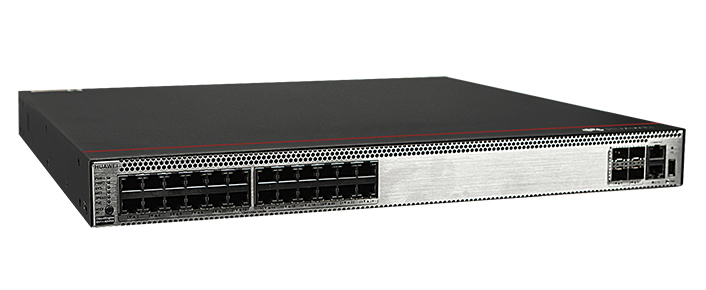
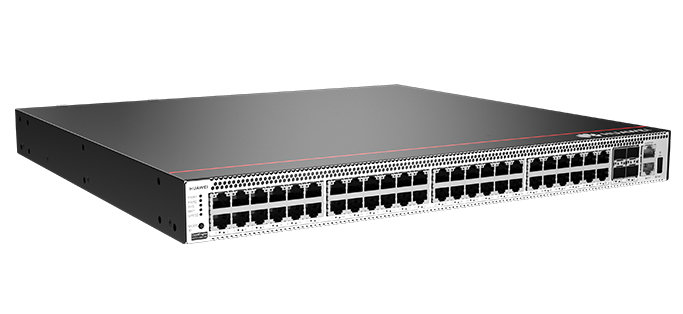

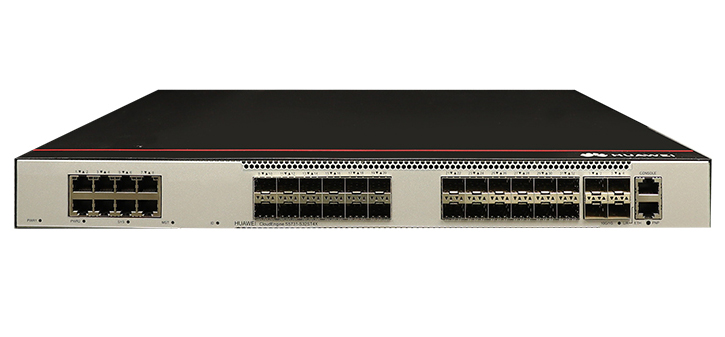


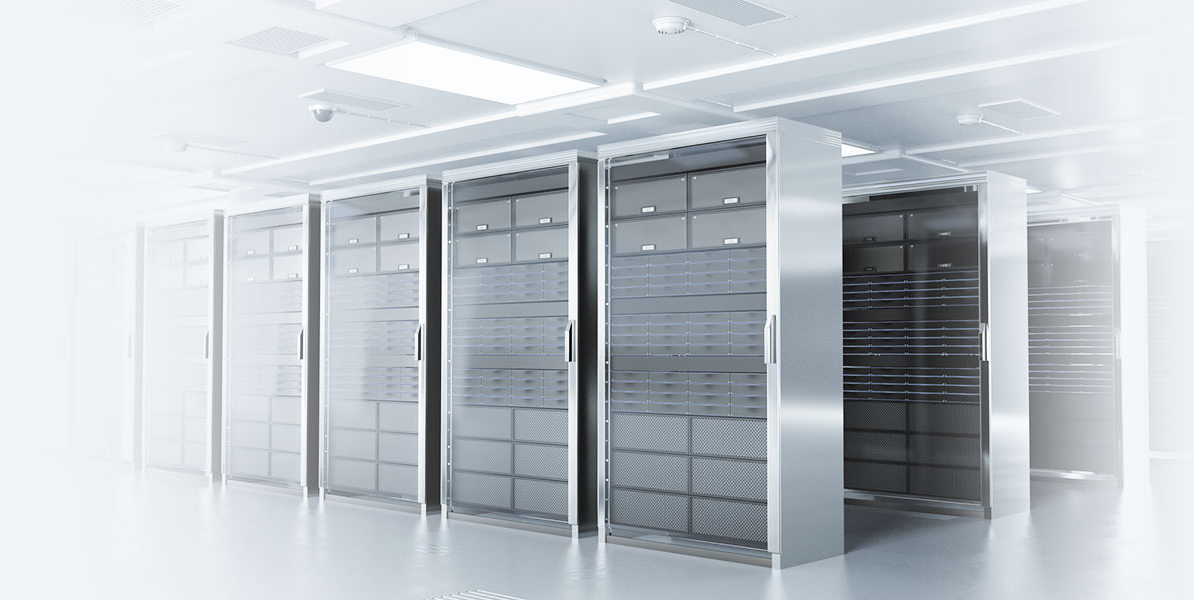
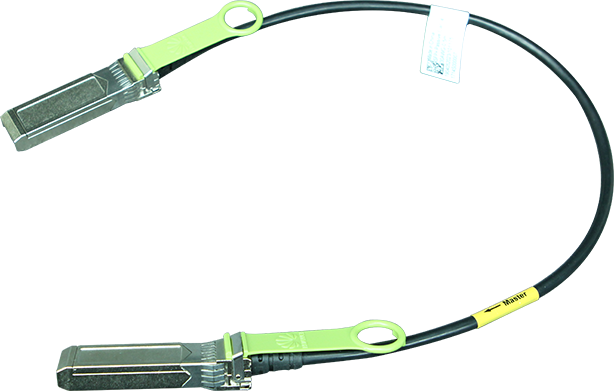
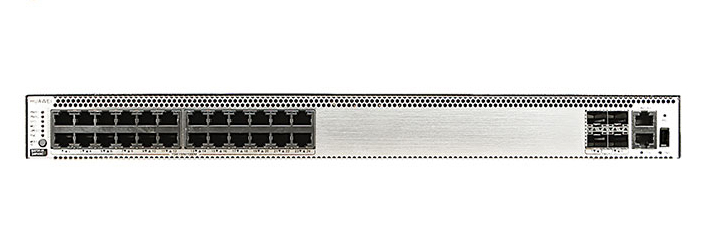

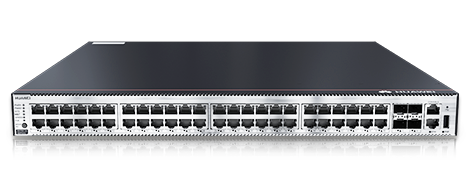

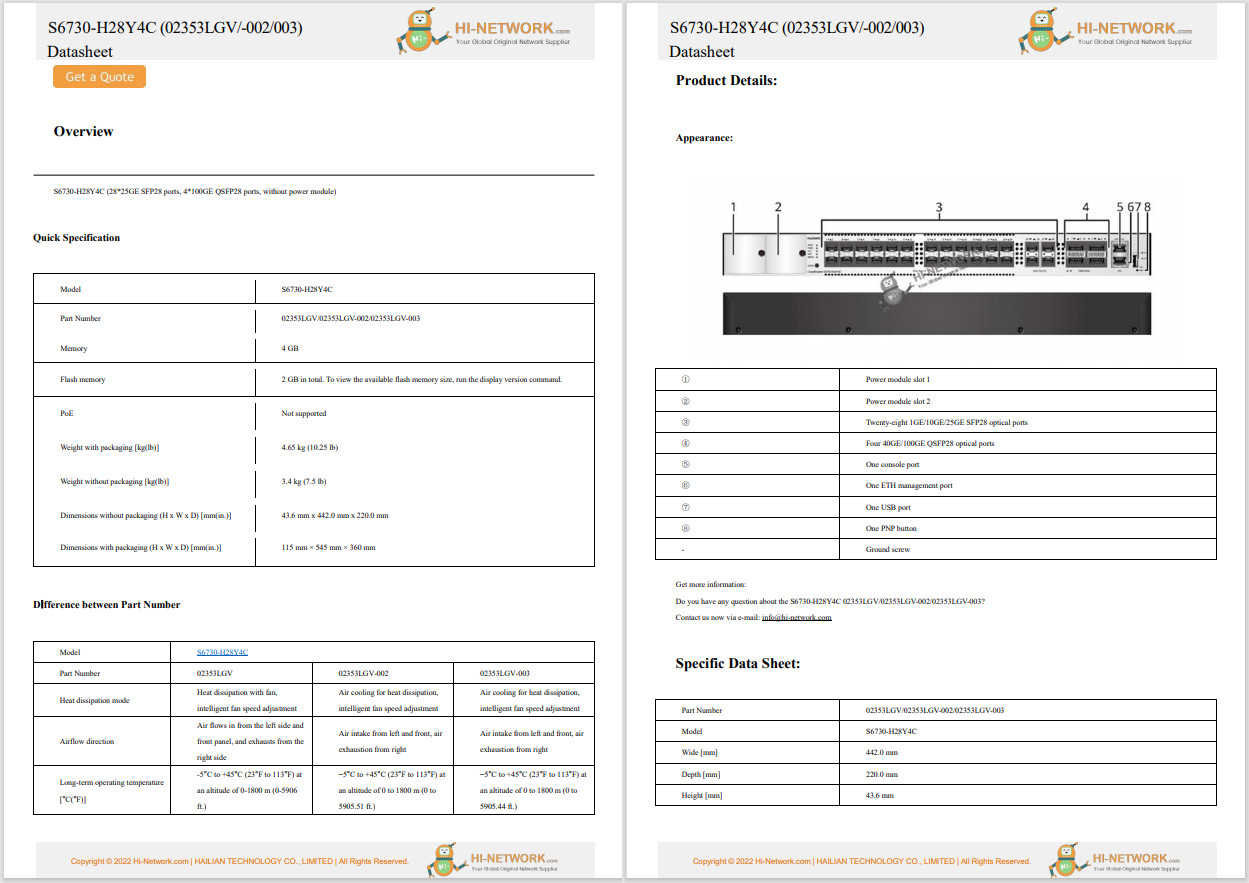

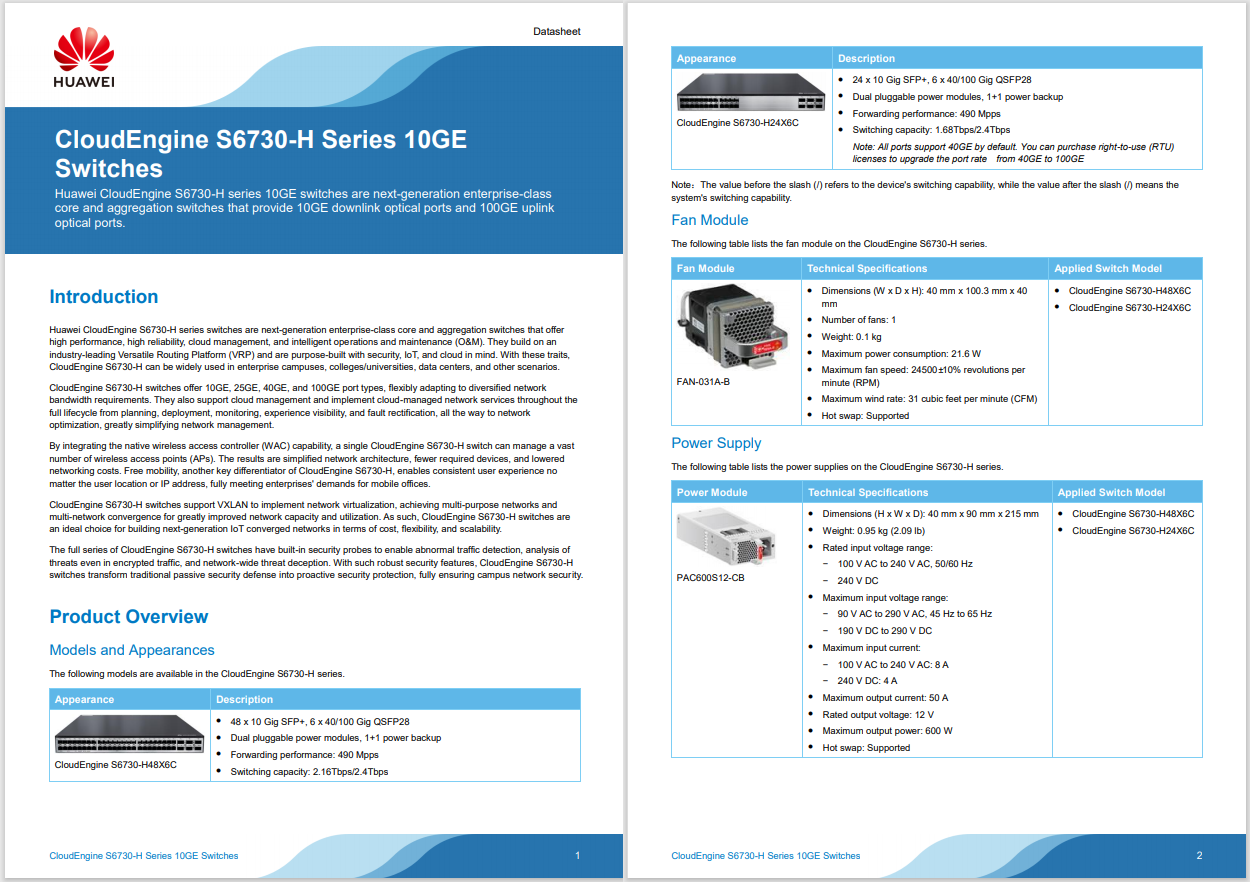



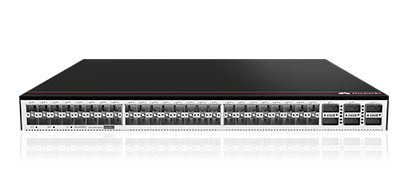
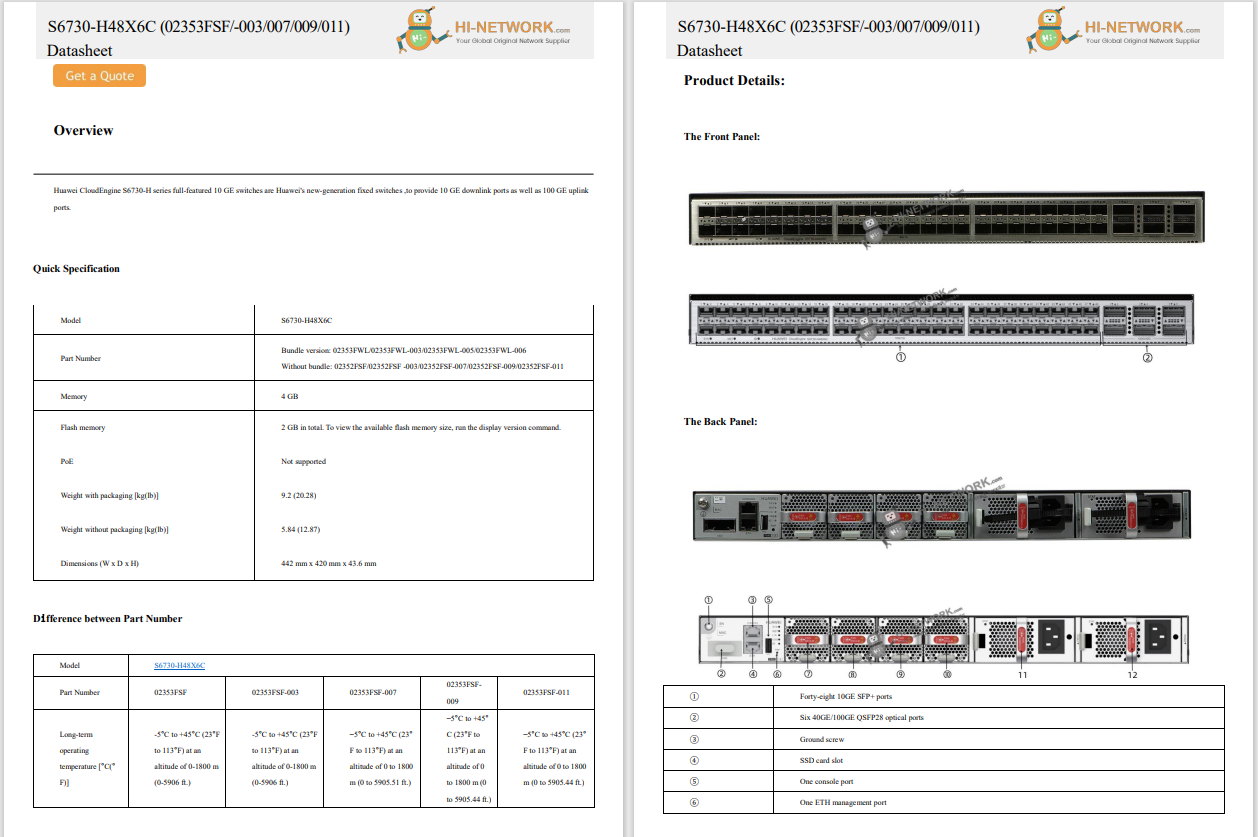
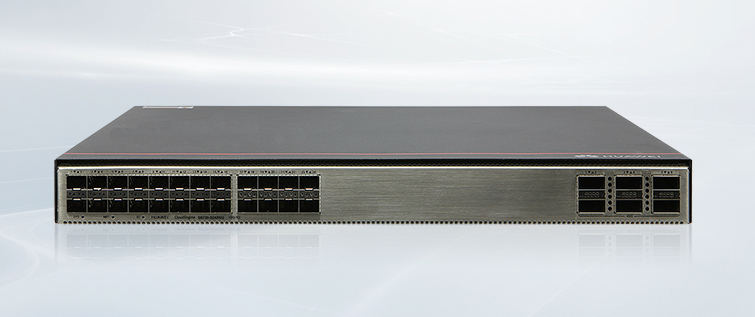


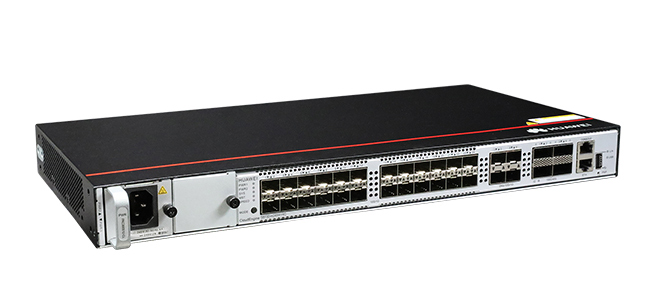
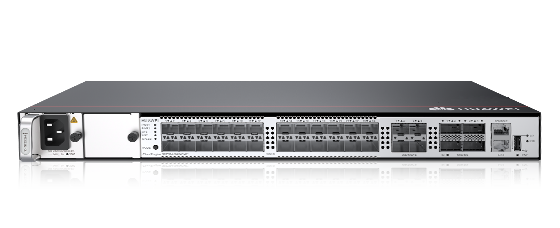




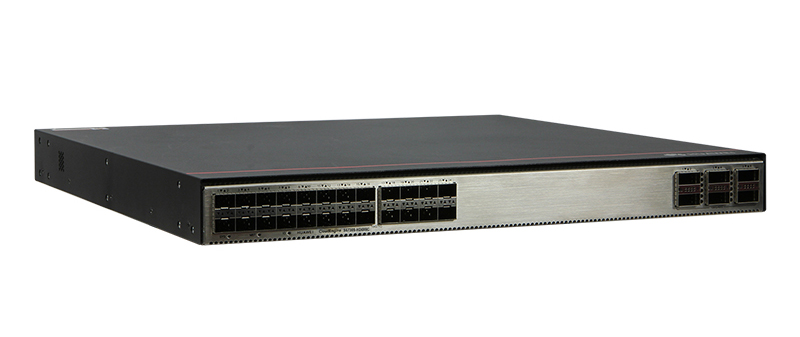

OpenAI has updated its Preparedness Framework, the internal system used to assess AI model safety and determine necessary safeguards during development.
The company now says it may adjust its safety standards if a rival AI lab releases a 'high-risk' system without similar protections, a move that reflects growing competitive pressure in the AI industry.
Instead of outright dismissing such flexibility, OpenAI insists that any changes would be made cautiously and with public transparency.
Critics argue OpenAI is already lowering its standards for the sake of faster deployment. Twelve former employees recently supported a legal case against the company, warning that a planned corporate restructure might encourage further shortcuts.
OpenAI denies these claims, but reports suggest compressed safety testing timelines and increasing reliance on automated evaluations instead of human-led reviews. According to sources, some safety checks are also run on earlier versions of models, not the final ones released to users.
The refreshed framework also changes how OpenAI defines and manages risk. Models are now classified as having either 'high' or 'critical' capability, the former referring to systems that could amplify harm, the latter to those introducing entirely new risks.
Instead of deploying models first and assessing risk later, OpenAI says it will apply safeguards during both development and release, particularly for models capable of evading shutdown, hiding their abilities, or self-replicating.
Would you like to learn more about AI, tech and digital diplomacy? If so,ask our Diplo chatbot!
 Hot Tags :
Artificial Intelligence
Content policy
Convergence and OTT
Hot Tags :
Artificial Intelligence
Content policy
Convergence and OTT